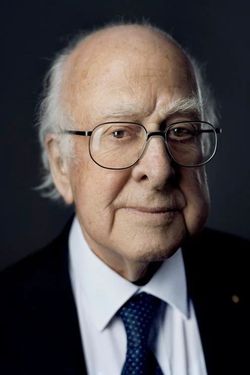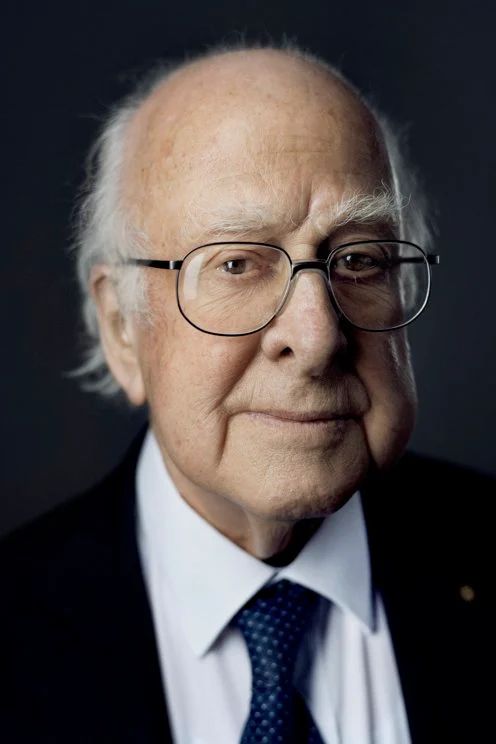Nobel Laureate Scientist. He was best known for earning the 2013 Nobel Prize for Physics for proposing the existence of the Higgs boson, a subatomic particle that is the carrier particle of a field that endows all elementary particles with mass through its interactions with them. He received a bachelor's degree (1950), master's degree (1951), and doctorate (1954) in physics from King's College, University of London. He was a research fellow from 1955 to 1956 at the University of Edinburgh, and then a research fellow (1956–58) and lecturer (1959–60) at the University of London. He later became a lecturer in mathematical physics at Edinburgh in 1960 and spent the remainder of his career there, becoming a reader in mathematical physics from 1970 to 1980 and a professor of theoretical physics from 1980 to his retirement in 1996. His earliest work was in molecular physics and concerned calculating the vibrational spectra of molecules. In 1956, he began working in the area of the quantum field theory. He wrote two papers in 1964 describing what later became known as the Higgs mechanism, in which a scalar field (that is, a field present at all points in space) gives particles mass. To his surprise, the journal to which he submitted the second paper rejected it. When he revised the paper, he made the significant addition that his theory predicted the existence of a heavy boson. Later his research was expanded by other physicists and in 2013, he shared the Nobel Prize for Physics with fellow physicist Francois Englert. He also earned various other honors and awards for his career work.
Nobel Laureate Scientist. He was best known for earning the 2013 Nobel Prize for Physics for proposing the existence of the Higgs boson, a subatomic particle that is the carrier particle of a field that endows all elementary particles with mass through its interactions with them. He received a bachelor's degree (1950), master's degree (1951), and doctorate (1954) in physics from King's College, University of London. He was a research fellow from 1955 to 1956 at the University of Edinburgh, and then a research fellow (1956–58) and lecturer (1959–60) at the University of London. He later became a lecturer in mathematical physics at Edinburgh in 1960 and spent the remainder of his career there, becoming a reader in mathematical physics from 1970 to 1980 and a professor of theoretical physics from 1980 to his retirement in 1996. His earliest work was in molecular physics and concerned calculating the vibrational spectra of molecules. In 1956, he began working in the area of the quantum field theory. He wrote two papers in 1964 describing what later became known as the Higgs mechanism, in which a scalar field (that is, a field present at all points in space) gives particles mass. To his surprise, the journal to which he submitted the second paper rejected it. When he revised the paper, he made the significant addition that his theory predicted the existence of a heavy boson. Later his research was expanded by other physicists and in 2013, he shared the Nobel Prize for Physics with fellow physicist Francois Englert. He also earned various other honors and awards for his career work.
Bio by: Mr. Badger Hawkeye
Advertisement



